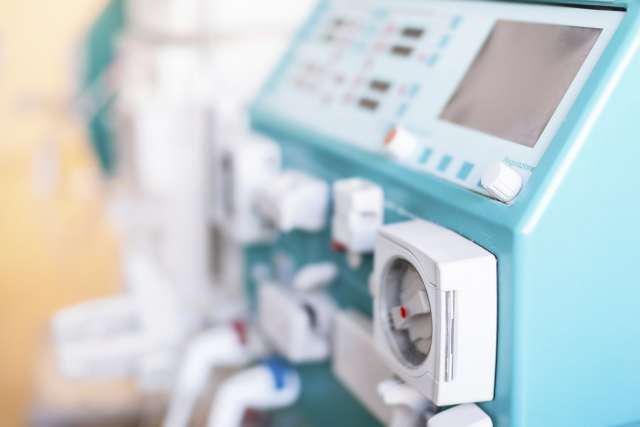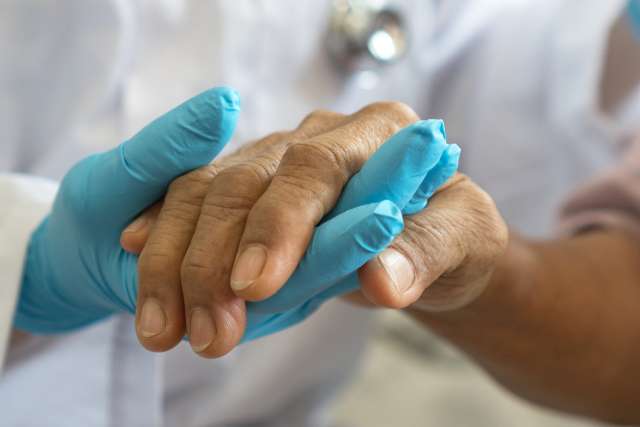Dear Doctors: A good friend of our family is on the kidney transplant list and is having hemodialysis. Can you please explain what that entails? My wife and I want to help, but we don't want to bother him with a lot of questions.
Dear Reader: The kidneys have several important jobs in maintaining health and well-being. Perhaps the best known is to filter blood as it circulates through the body. Healthy kidneys process about a cup of blood every two minutes, removing waste products, salts, toxins and excess fluid. The end product is urine, which goes to the bladder for storage and release.
When either illness or injury lead to kidney failure, dialysis becomes necessary. This is a treatment that helps the kidneys with their job of filtration. The most common form is hemodialysis, the treatment that your friend is undergoing. It is a medical intervention that, with the help of a machine that acts as an artificial kidney, takes over the job of filtering waste products and excess fluid from the blood.
In order to undergo hemodialysis, a minor surgery is needed to create a pathway for the blood to travel from the body to the machine and back. This pathway is called a hemodialysis access. The specific type of access used depends on the length of time the person is expected to be on dialysis. For short-term dialysis, a catheter is inserted into a blood vessel in the chest, leg or neck. A more permanent approach involves a surgery to connect an artery and a vein, often in the arm or the wrist, along with an implanted catheter. The union of the two blood vessels creates a higher rate of blood flow, which allows more impurities to be removed in a shorter time.
During dialysis, blood exits the body via a needle, passes through a flexible tube and moves through the artificial kidney, which is known as a dialyzer. The dialyzer contains a semipermeable membrane, along with a specialized fluid, that work together to filter out waste products such as urea, potassium creatinine and excess fluid. The larger components of the blood, including blood cells and proteins, cannot pass through the membrane. They are returned to the body through a separate needle. Sessions typically last three to four hours, and they take place three times a week.
Going through dialysis can be physically challenging. When too much fluid is removed during a treatment, side effects can occur. These include muscle cramps and low blood pressure, which results in dizziness and nausea. Some people develop dry or itchy skin. Fatigue and exhaustion are also common. The treatment, and the conditions that have made it necessary, often takes an emotional toll, as well.
By understanding the scope and effects of dialysis, you and your wife can offer to help your friend in ways that are truly useful. This includes transportation to and from appointments, company during a session, adding yourselves to a pet or child care schedule, doing yard work or house cleaning and simply being ready to listen. People living with a serious health condition often feel isolated, and even the smallest gesture can help.
(Send your questions to [email protected], or write: Ask the Doctors, c/o UCLA Health Sciences Media Relations, 10960 Wilshire Blvd., Suite 1955, Los Angeles, CA, 90024. Owing to the volume of mail, personal replies cannot be provided.)





